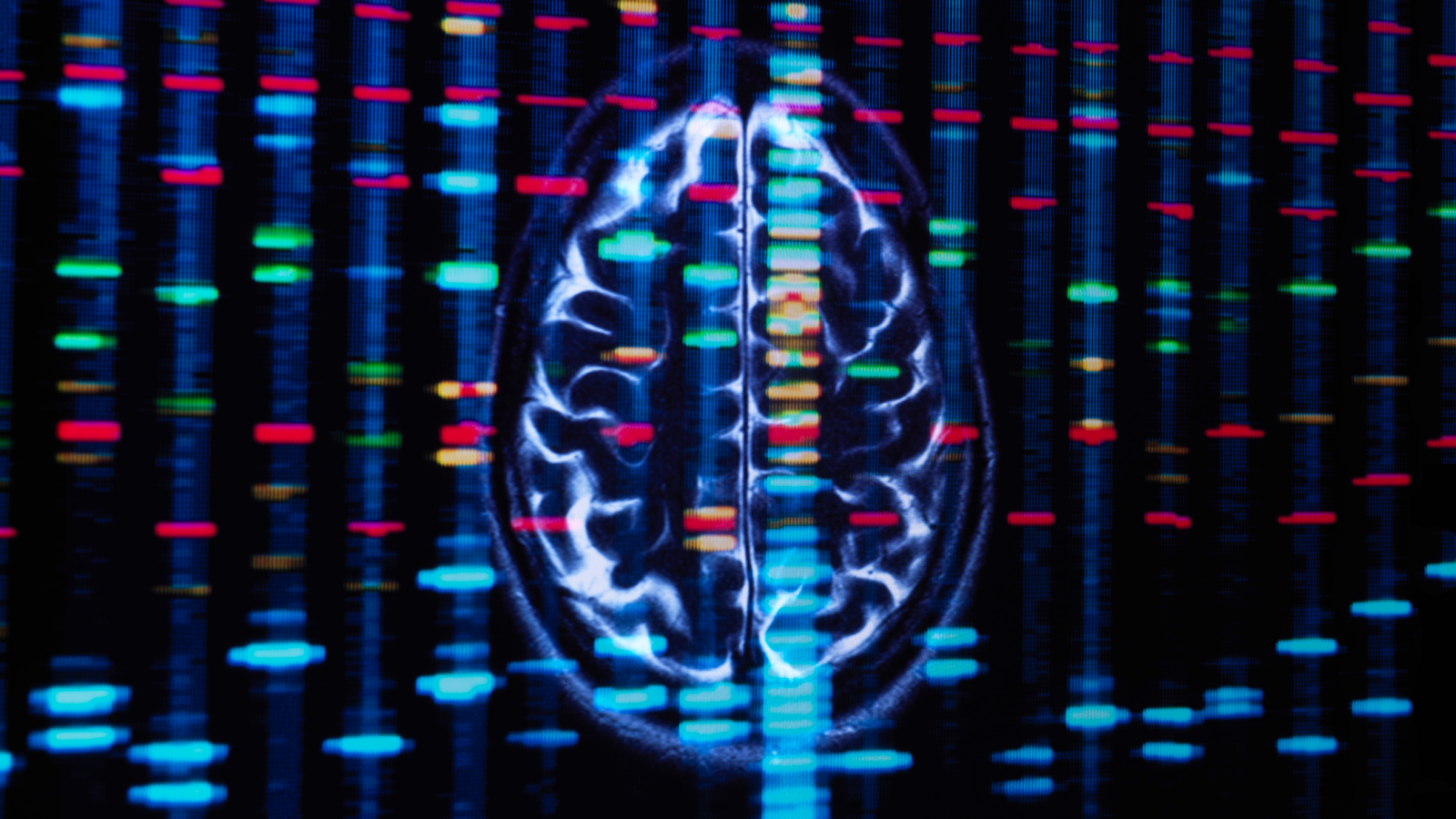10 Things We Learned About Humans in 2019

Humans are incredible living machines, with legs strong enough to run marathons and brains smart enough to know that invisible dark matter exists. Our bodies make sure we hear the correct frequencies, send the right immune cells to a paper cut and know when to stop drinking water. But there's still much to untangle about our human bodies, so all the time, we are discovering new organs and new secrets about how all of our nooks and crannies keep us going. This past year, new discoveries revealed an invisible network of immune cells, a "Jell-O" violin in our ears and how the oldest people in this world survived to such extreme ages.
"Jell-O" hearing
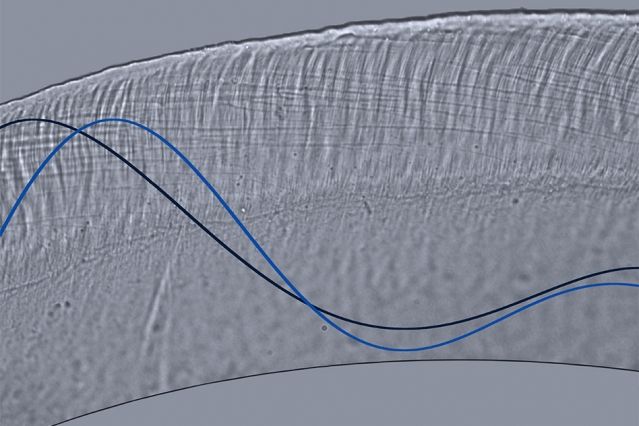
Humans might hear so well because of a tiny "Jell-O" violin that sits inside the ears. The thin, blob of tissue, otherwise known as the tectorial membrane, is made up of 97% water. This tissue helps to bring sound waves from the ear to nerve receptors, which then translate that vibration into an electrical signal the brain can read. New research conducted on mice has found that this ear Jell-O helps the cochlea — a cavity in the inner ear that contains these nerve receptors — separate high frequencies from low frequencies. It does so by changing its stiffness, based on water flow that runs through its tiny pores, similar to what happens when you tune a violin or guitar. [Read more about the 'Jell-O' Violin]
Tiny capillaries
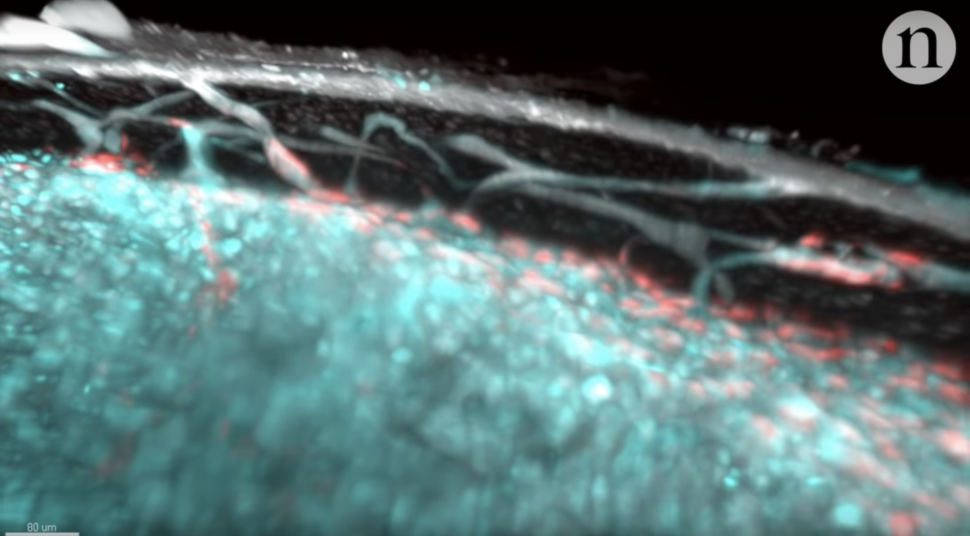
Our bones might be full of a previously unknown network of microscopic tunnels. These pathways might be vital for transporting immune cells — made in bones — out to the blood for circulation. A group of researchers discovered hundreds of these tiny blood vessels, or capillaries, in the leg bones of mice. But finding something in mice doesn't necessarily translate to humans, so one of the researchers decided to stick his own leg into an MRI machine. The scans of the researcher's leg showed that there were holes in the bone tissue that could indicate that these capillaries also exist in humans. [Read more about these microscopic tunnels]
Stop drinking water
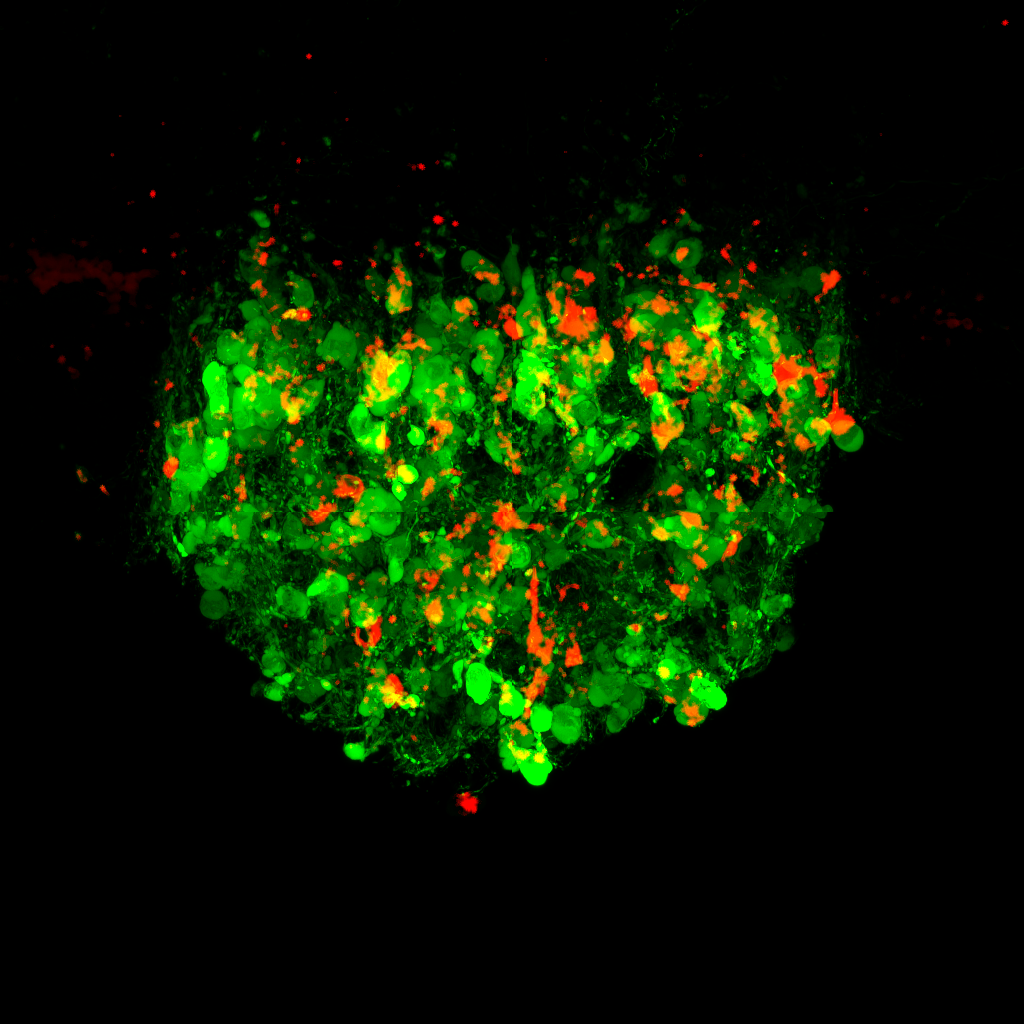
The brain makes sure that we don't drink too much or too little water, using a prediction mechanism in the gut, according to new research. The group figured this out by implanting optical fibers and lenses in mice near the hypothalamus — a brain region that regulates blood pressure and other bodily processes and is home to "thirst cells." A few seconds after drinking something, the mouth and throat begin firing signals to the brain. These signals tell the brain that you feel less thirsty — so you stop drinking. That way, you don't keep drinking for the 10 minutes to an hour it takes for that liquid to actually enter the bloodstream and circulate to cells in the body.
But your mouth and throat would tell your brain to quench your thirst, irrespective of the type of liquid you're drinking, if it weren't for another mysterious signal. This one comes from the gut, and it makes sure the brain knows that the water reaching it is salty — which can dehydrate the body — or nonsalty, ensuring that the brain quenches thirst only when the mice drank fresh water. [Read more about how the body knows when to stop]
New organ

This year, scientists discovered a previously unknown organ that sits right under the skin, and it may help you feel the pain of a pinprick. It was previously thought that needle pricks were sensed by nerve endings that sit below the outer layer of the skin. But a new study conducted on mice (but which is also thought to apply to humans) found that nerves tangled up in special cells are what help us feel this sensation. This mesh of branched cells called "Schwann cells" and nerves together makes up a new "sensory organ" because it responds to external pressure signals (pricks or jabs) and relays that information to the brain. [Read more about this new organ]
Tiny lizard-like muscles
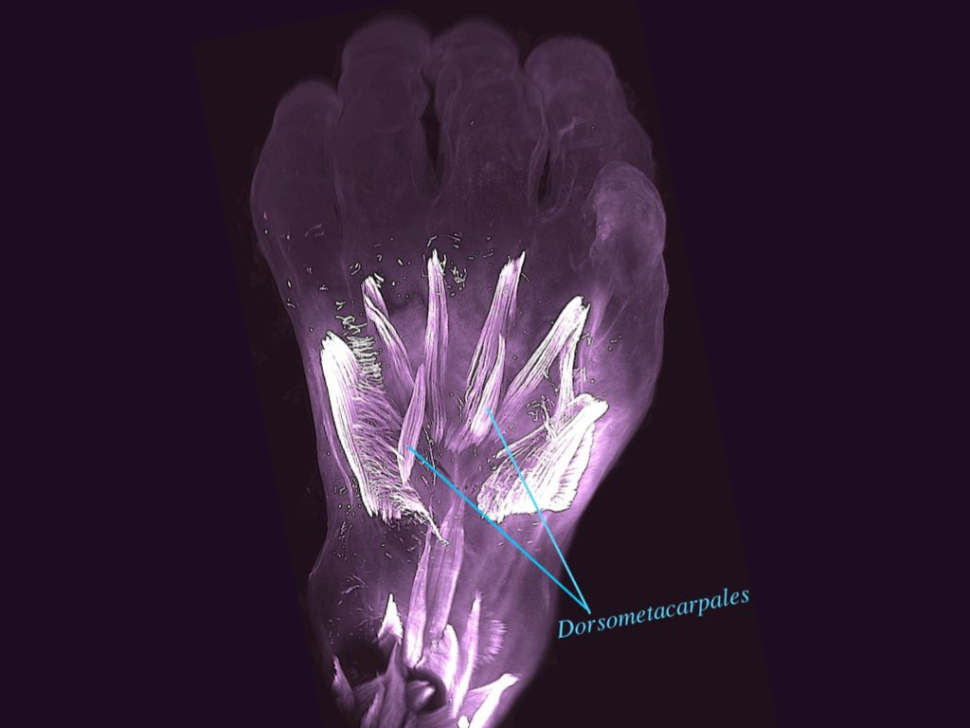
Human embryos grow extra, lizardlike muscles in their hands and feet that disappear before birth, scientists found. By looking at 3D images from an embryonic image database, a group found that at about week seven of gestation, human fetuses had hands and feet that contained about 30 muscles each. Six weeks later, they contained only 20. Before the baby is born, those extra muscles either meld into other muscles or shrink away, but it's unclear why or how.
Get the world’s most fascinating discoveries delivered straight to your inbox.
These temporary muscles might be leftovers from our ancestors and may have vanished from adult humans over 250 million years ago, when mammals first began evolving from mammal-like reptiles, the researchers suggest. But because the study was small, it needs to be replicated with a much larger group before researchers can say for certain that these appearing and disappearing muscles exist in all fetuses. [Read more about these minimuscles]
World's oldest people

Supercentenarians, or people who are 110 years of age or older, might have a secret. A study published this year found that supercentenarians have higher-than-average concentrations of an immune cell called a "T helper cell" that may protect them from viruses and tumors. To figure this out, researchers drew blood from seven supercentenarians and five control participants, who ranged in age from those in their 50s to those in their 80s. They then isolated the immune cells and figured out what they were doing by measuring the messenger RNA that is produced by the genes in the cells. Messenger RNA translates genetic instructions from DNA and brings it to the nucleus of the cell, so that specific proteins can be produced.
The supercentenarians had a type of T helper cell called CD4 CTLs that had the capability to attack and kill other cells. Of course, it's not clear if supercentenarians owe their longevity to these immune cells, but previously, such cells have been shown to attack tumor cells and protect against viruses in mice. [Read more about the world's oldest people]
Brain efficiency
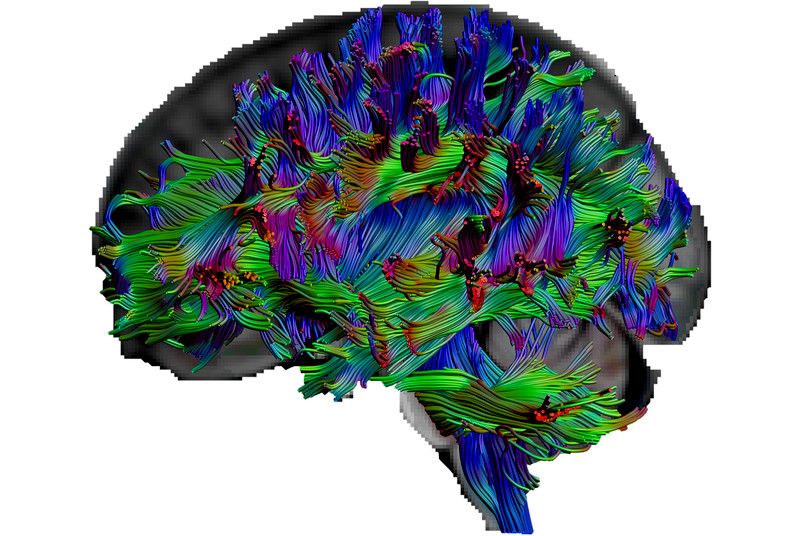
There might be a reason why some people are really good at trivia and seem to "know everything": very efficiently wired brains. A group of researchers in Germany analyzed the brains of 324 people who had varying degrees of general knowledge or semantic memory (the type of information that would come up in a game of trivia), based on questions given to them concerning various fields such as art, architecture and science.
Brain scans of the participants showed that those people who had retained and could recall more general knowledge had more efficient brain connections — stronger and shorter connections between brain cells. This makes sense, because imagine answering the question, "What year did the moon landing happen?"
We might have the word "moon" stored in one area of the brain, but the "moon landing" in another, and knowledge of the year it happened in yet another. People with an efficient brain can better connect those various items together to quickly answer the question. (But, the researchers didn't find any link between more general knowledge and more brain cells.) [Read more about how trivia masters do it]
Immune cell X

Scientists have discovered a previously unknown type of cell in the human body called the "immune cell X," and it could act as two other immune cell types, playing a role in triggering type 1 diabetes, new research suggests. There is likely not a lot of these cells in the human body — maybe less than 7 out of every 10,000 white blood cells, but they might be powerful players in driving autoimmunity — when the body mistakes its own cells for something foreign and attacks them.
These X cells resemble both B cells and T cells, two cell types that are important for fighting infections (but are also responsible for autoimmune diseases). The X cell makes antibodies like B cells that activate T cells, which then go on to attack anything it deems foreign. In the case of type 1 diabetes, immune cells mistakenly destroy healthy beta cells in the pancreas that make the hormone insulin. The researchers found evidence that these X cells exist in those with type 1 diabetes, but not in healthy controls. Even so, it's not clear if there are one or multiple cells responsible for the disease. [Read more about these rogue cells]
Tongues can smell

In other news, the cells in your tongues have the ability to smell. Researchers discovered this after growing human taste cells in the lab. They found that those cells contained a couple of molecules found in olfactory cells, the cells found in the nose that are responsible for, well, smelling. When they exposed taste cells to odor molecules, the cells responded just like the olfactory cells do. But this isn't uncommon — olfactory cells have also previously been found in the gut, in sperm cells and even in hair. Though we knew that taste and smell were greatly intertwined (which becomes apparent when a blocked-up nose makes food taste more bland), this study suggests human taste cells might be much more complicated than previously thought. [Read more about your tongue's strange ability]
Limit to human endurance

It turns out, humans, even endurance athletes, have limited energy. Scientists calculated the limit of human endurance to be around 2.5 times the body's resting metabolic rate (the number of calories the body burns for basic physiological needs such as maintaining body temperature or breathing), or 4,000 calories per day for an average person. They calculated this by analyzing data from some of the most extreme endurance events that take place on our planet, such as the Race Across the USA, and by comparing that data to other endurance events.
They found that the longer the event, the more difficult it became to burn calories. But athletes don't fall to the ground when they reach this 2.5-times threshold. They can keep going, but they can't maintain a balance of the number of calories consumed and the amount burned, so they begin to lose weight, which isn't sustainable in the long term. What's more, researchers found that pregnant women operated at around 2.2 times their resting metabolic rate, just by growing a baby. So no matter the activity, growing a baby, cycling or running across the U.S., the body seems to have a limit to the amount of energy it can give you in the long term. [Read more about this ultimate limit]
Originally published on Live Science.

Yasemin is a staff writer at Live Science, covering health, neuroscience and biology. Her work has appeared in Scientific American, Science and the San Jose Mercury News. She has a bachelor's degree in biomedical engineering from the University of Connecticut and a graduate certificate in science communication from the University of California, Santa Cruz.


